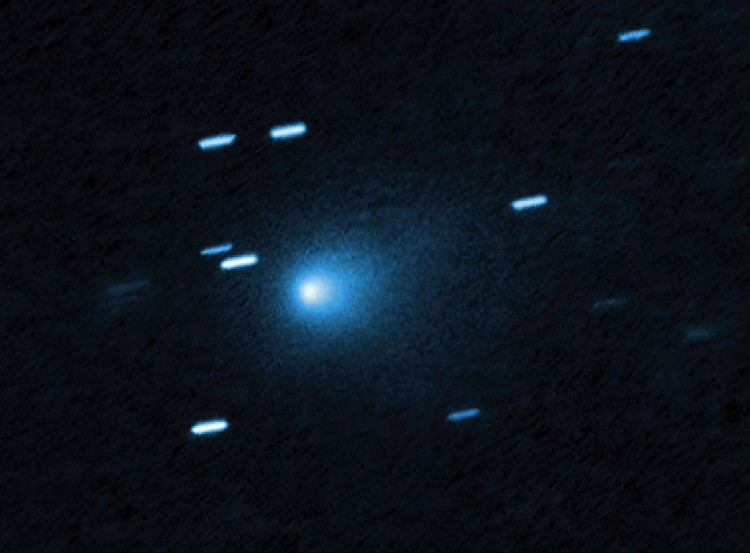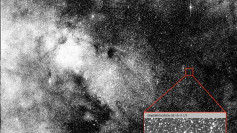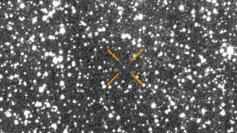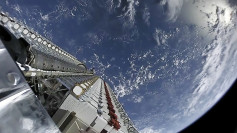NASA is preparing to release the highest-resolution photos ever captured of 3I/ATLAS, the Manhattan-sized interstellar object that has fueled both scientific intrigue and online speculation since its arrival in the Solar System. The images-taken by the Mars Reconnaissance Orbiter's HiRISE camera between October 1 and October 7-were delayed due to the U.S. government shutdown, but the agency told The Post they could be published as early as next week. The release is expected to be one of the most significant data drops yet for astronomers studying the mysterious visitor.
The forthcoming photos are expected to surpass the clarity of Hubble's July 21 images, giving researchers a markedly sharper look at the object's structure and behavior. The HiRISE instrument offers roughly triple the spatial resolution of the Hubble Space Telescope, providing what scientists say will be the best opportunity so far to evaluate the nucleus of 3I/ATLAS and test competing theories about its origins.
Harvard astrophysicist Avi Loeb has been among the most outspoken voices calling for a closer examination of the object. He told The Post, "The HiRISE image would give us a side-view as well as a spatial resolution that is three times better than that of the Hubble Space Telescope." Loeb added, "Even though the image is unlikely to resolve the solid nucleus itself, it can set a tight constraint on its diameter based on the brightest pixel," and emphasized, "A picture is worth a thousand words."
Loeb has drawn attention for suggesting that 3I/ATLAS's unusual features-particularly its "anti-tail," a dust stream pointing toward the Sun instead of away from it-are "not seen in everyday comets." The anomaly has fueled speculation that the object may be something beyond a standard mix of rock and ice, prompting debate that ranges from conservative comet models to far more speculative interpretations.
The shutdown-related delay in publishing the HiRISE data has only amplified public curiosity. Loeb criticized the holdup bluntly, telling The Post, "Science should have been prioritised over bureaucracy." He argued that the nature of 3I/ATLAS "will be revealed by the sharing of data, not by the storyline of gatekeepers," a comment reflecting rising frustration among astronomers who see political gridlock slowing scientific progress.
While debates continue, the object itself has defied expectations. Astronomers initially feared it had fragmented during its close solar pass, but sky-watchers confirmed this week that it remains intact-an unusual outcome for an interstellar body moving at extreme velocity. The continued structural stability has widened the window for scientific observation.
3I/ATLAS is now heading toward Jupiter, where NASA's Juno spacecraft and the European Space Agency's JUICE mission are positioned to monitor its trajectory before it exits the Solar System in March. The extended tracking period offers researchers a rare chance to study an interstellar object for months rather than days.
As astronomers await next week's release, expectations are high that the HiRISE images will clarify lingering questions about 3I/ATLAS's composition and behavior. The data may not resolve every theory, but it is poised to transform the object from a subject of rumor into one of the most closely examined interstellar visitors ever recorded.




